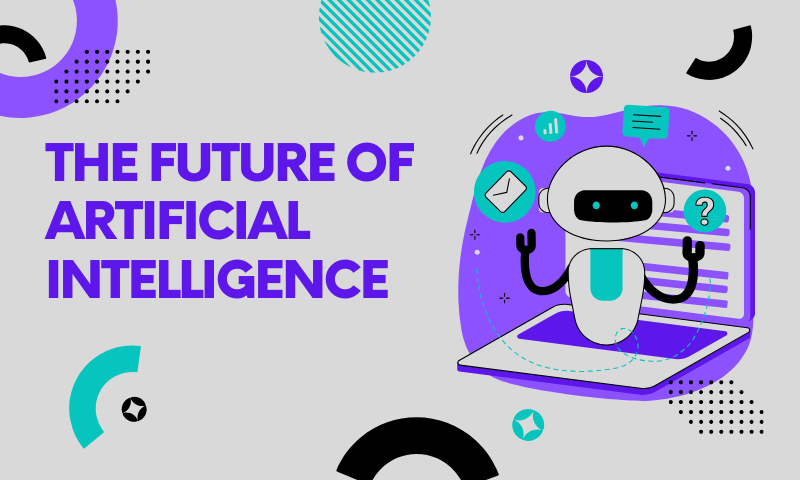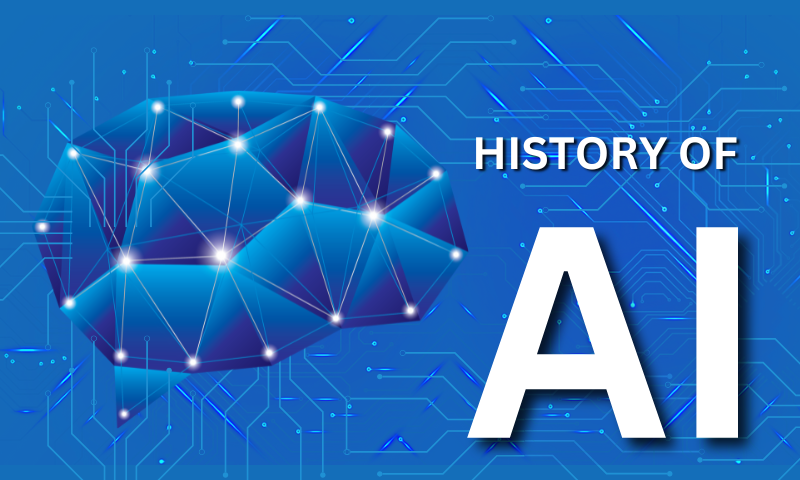Explore the history of Artificial Intelligence from Alan Turing’s vision to today’s AI revolution with Technical Fresh Guru — your guide to smart technology.
Introduction: The History of Artificial Intelligence
Artificial Intelligence, or AI, may seem like a modern innovation, but its roots go back nearly a century. The concept of machines that can think, learn, and make decisions has fascinated scientists and dreamers for generations. From early theoretical models to today’s advanced deep learning systems, AI has evolved through decades of innovation and experimentation.
In this article by Technical Fresh Guru, we’ll explore the incredible journey of Artificial Intelligence — how it started with Alan Turing’s groundbreaking ideas, the challenges it faced in the early years, and how it has grown into the most powerful technology shaping our world today. This post will help you understand not just the history of AI, but also its importance and influence in modern society, guided by AI with Technical Fresh Guru.
The Early Foundations: Alan Turing and the Birth of AI
The story of Artificial Intelligence begins with Alan Turing, a British mathematician and computer scientist often called the “father of modern computing.” In 1950, Turing introduced a revolutionary question: “Can machines think?” This simple question laid the foundation for AI research.
Turing’s paper, “Computing Machinery and Intelligence,” proposed the famous Turing Test, which measures a machine’s ability to exhibit human-like intelligence. If a computer could convince a human that it was also human during a conversation, it would be considered intelligent. Though simple in theory, this idea became one of the most important milestones in AI history.
AI by Technical Fresh Guru explains that Turing’s work inspired generations of scientists to explore how machines could simulate reasoning, memory, and problem-solving — the building blocks of Artificial Intelligence as we know it today.
The 1950s–1960s: The Dawn of Artificial Intelligence
The term “Artificial Intelligence” was officially introduced in 1956 by John McCarthy at the Dartmouth Conference, marking the official birth of the field. This was a period of great excitement and optimism. Researchers developed early programs that could play chess, solve mathematical problems, and even translate simple sentences.
During this era, scientists like Herbert Simon, Marvin Minsky, and Allen Newell created pioneering AI models such as the Logic Theorist and General Problem Solver, which mimicked aspects of human reasoning. However, the technology was still limited by computing power and lack of data.
Even so, AI with Technical Fresh Guru recognizes this era as the foundation stage of machine intelligence, when the dream of creating thinking machines truly began.
The 1970s–1980s: The First AI Winter
After early success, AI research entered a period of disappointment known as the “AI Winter.” Funding was cut, enthusiasm dropped, and many projects failed to meet expectations. The main reason was that computers of the time were too slow and lacked the memory needed for complex AI operations.
Despite these challenges, some progress continued. Expert systems emerged in the late 1970s — AI programs that could make decisions in specific fields, such as medicine or engineering. These systems laid the groundwork for modern machine learning.
AI by Technical Fresh Guru notes that this period taught researchers valuable lessons about patience, innovation, and realistic goal-setting in the field of Artificial Intelligence.
More Useful Posts for You!
The 1990s: Revival Through Machine Learning
In the 1990s, AI made a comeback thanks to advances in computing and data storage. Scientists began exploring machine learning, a branch of AI where computers could learn from data instead of being explicitly programmed.
A major turning point came in 1997, when IBM’s supercomputer Deep Blue defeated world chess champion Garry Kasparov. This victory proved that AI systems could outperform humans in strategic thinking under certain conditions.
AI with Technical Fresh Guru highlights the 1990s as a key transition period — from rule-based systems to data-driven learning — setting the stage for the AI revolution of the 21st century.
The 2000s: AI Goes Mainstream
The 2000s saw AI move out of research labs and into everyday life. With the rise of the internet, smartphones, and social media, massive amounts of data became available for AI systems to analyze and learn from. Search engines like Google started using AI algorithms to improve search results, while companies like Amazon and Netflix implemented AI-based recommendation systems.
AI also started to impact industries such as finance, transportation, and healthcare. Voice recognition, face detection, and automated assistants began to appear in consumer devices. AI by Technical Fresh Guru notes that this period marked the true mainstream adoption of AI — transforming how humans interact with technology on a daily basis.
The 2010s: The Rise of Deep Learning and Smart Automation
The 2010s ushered in a new era powered by deep learning and neural networks — systems inspired by the structure of the human brain. With access to larger datasets and powerful GPUs, AI could now process information faster and more accurately.
Applications like speech recognition, image analysis, and natural language processing (NLP) became highly advanced. Virtual assistants like Siri, Google Assistant, and Alexa became household names. Companies also started adopting AI automation tools for customer support, data analytics, and cybersecurity.
AI with Technical Fresh Guru emphasizes that this decade turned AI into an integral part of business, communication, and personal life — laying the groundwork for today’s intelligent ecosystem.
The 2020s: AI in the Age of Intelligence
Today, AI is at the heart of almost every major innovation. From self-driving cars to medical diagnosis systems, AI technologies are redefining the limits of what machines can do. Advanced models like ChatGPT, GPT-5, and Google Gemini have made human-like communication and creativity possible.
Businesses use AI for predictive analytics, automation, content generation, and customer engagement, while researchers use it to solve global issues like climate change and disease prevention. AI by Technical Fresh Guru continues to explore these breakthroughs, helping readers understand how AI is shaping our connected future.
Challenges and Ethical Concerns in AI
Despite its rapid growth, AI also faces significant challenges. Issues like data privacy, algorithmic bias, and job displacement raise serious ethical concerns. As AI systems become more autonomous, it’s crucial to ensure they operate transparently and fairly.
AI with Technical Fresh Guru advocates for responsible AI development, where technology benefits humanity while minimizing harm. Developers and organizations must focus on creating systems that are explainable, unbiased, and ethically governed. The future of AI depends not only on innovation but also on maintaining trust and accountability.
The Future of Artificial Intelligence
Looking ahead, the future of AI is incredibly promising. Experts predict that by 2035, AI could contribute over $15 trillion to the global economy. Emerging technologies such as quantum computing, edge AI, and robotics will make intelligent systems faster, smarter, and more accessible than ever.

AI by Technical Fresh Guru envisions a future where AI empowers people — not replaces them. From smarter education tools to AI-driven healthcare solutions, the potential for growth and positive impact is limitless. With continued research and ethical innovation, AI will continue to shape a smarter, more efficient, and more connected world.
Conclusion: A Legacy of Innovation
From Alan Turing’s early theories to today’s advanced neural networks, the history of Artificial Iintelligence is a story of vision, persistence, and progress. Each era brought new breakthroughs that moved humanity closer to the dream of intelligent machines.
As AI with Technical Fresh Guru continues to explore this journey, one thing remains clear — Artificial Intelligence is not just a technology; it’s a revolution that will define the future of civilization. Understanding its history helps us appreciate the innovation that drives the intelligent world we live in today.




.jpg)

